LadyLargely
Member
So, I've returned and had a good long read. I'm still of the opinion that 90% of the info here is highly scholastic and means little to the average gardner looking for simple, reliable methods of organically cultivating high-quality cannabis.
However! That does not mean we can't all benefit from this discussion. I will be coming in and asking about a number of the aspects discussed here, but for the moment one really leaps out at me
GanjaDin:
It seems you dedicate a lot of thought to the density and porosity of soil additives. As always, you put a lot of emphasis on measuring specific aspects. It almost seems like you are trying to 'calculate' the perfect medium consistency. I do not have the technical chops to talk about it that way, but it does lend itself to a personal philosophy of mine.
GD, would you agree that we should approach soil building just as we might approach building a composite?
The way I see it, we are starting with soil. Individual soil particles are mind-bendingly small. The mesh on it (especially high-quality compost) is tiny beyond belief. Going with the strategy of pushing air through my medium has caused me to address the tiny size and high density of compost particles.
My solution has been to build a medium that uses a variety of particle sizes in order to 'prop up' the tiny soil particles. Using additives with a successively larger mesh size I build up a platform to support the soil. My current strategy goes something like this:
Smallest mesh: Soil
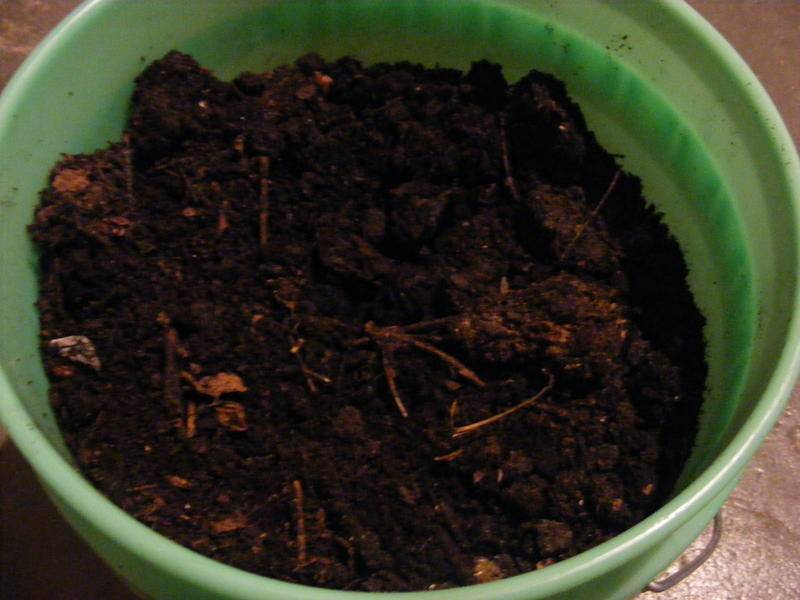
Next largest: Vermiculite and Soil Sponge (powdered coconut husks)
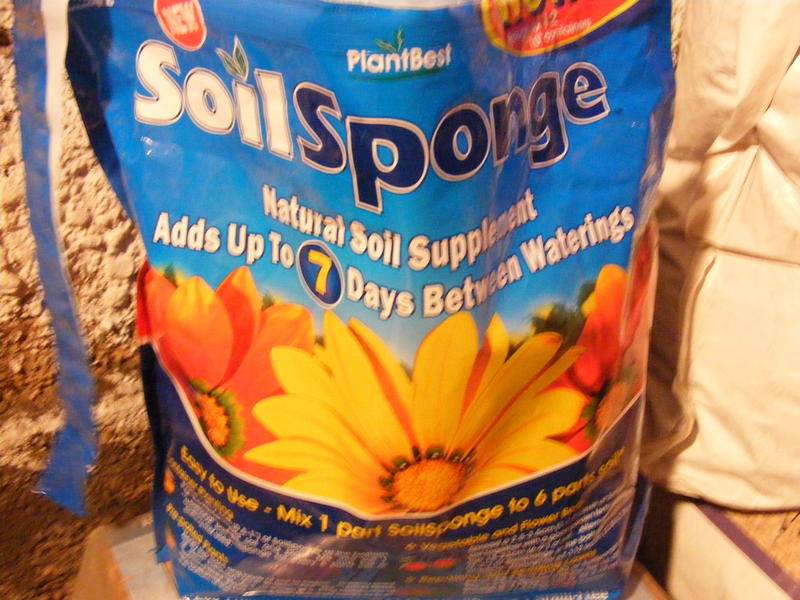
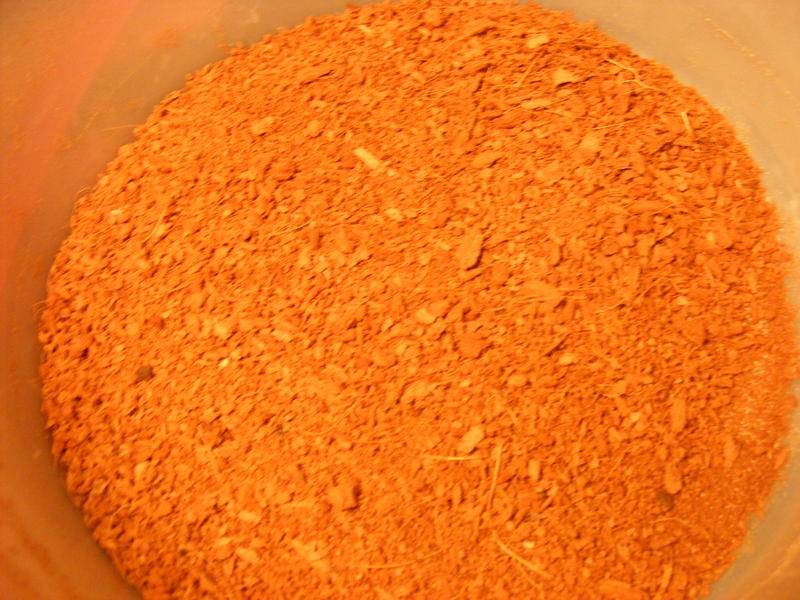
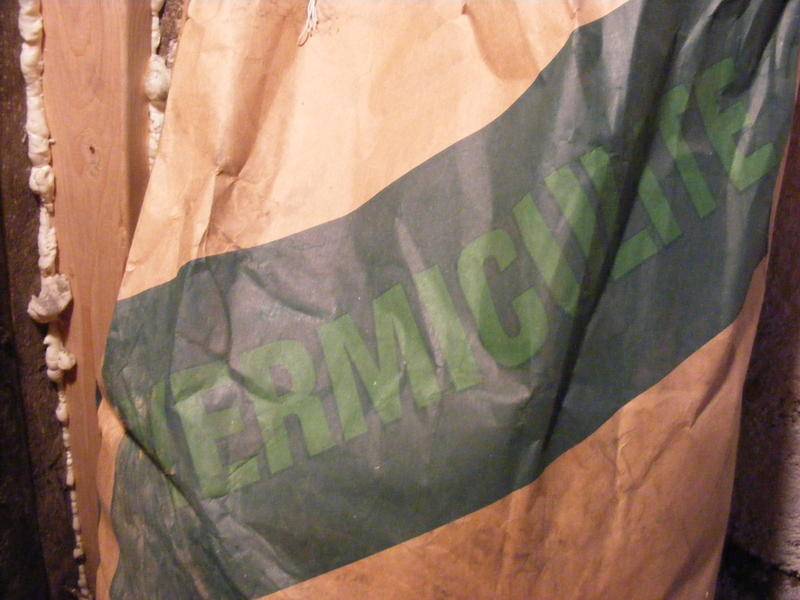
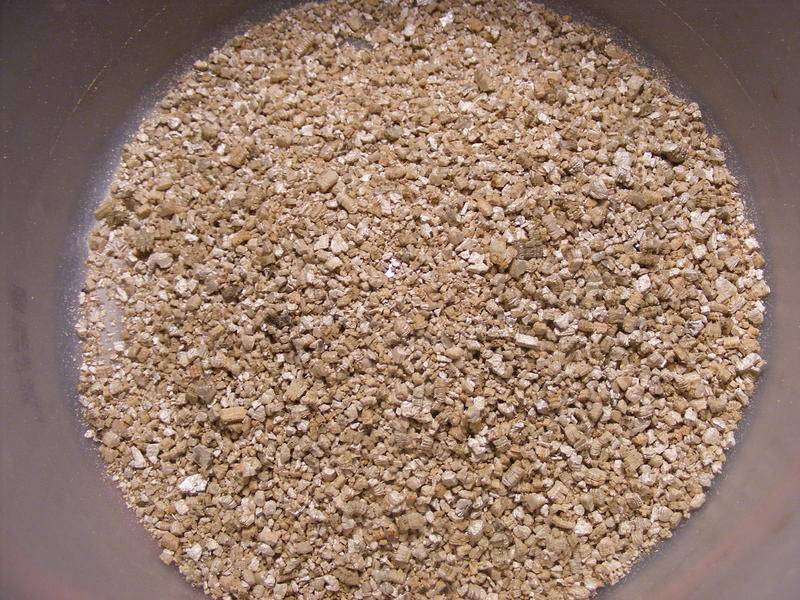
Next largest: Chunky pearlite

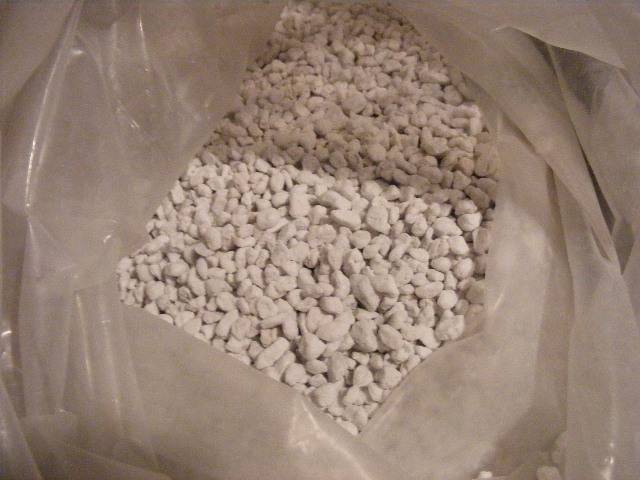
Largest of all: Horticultural Coco
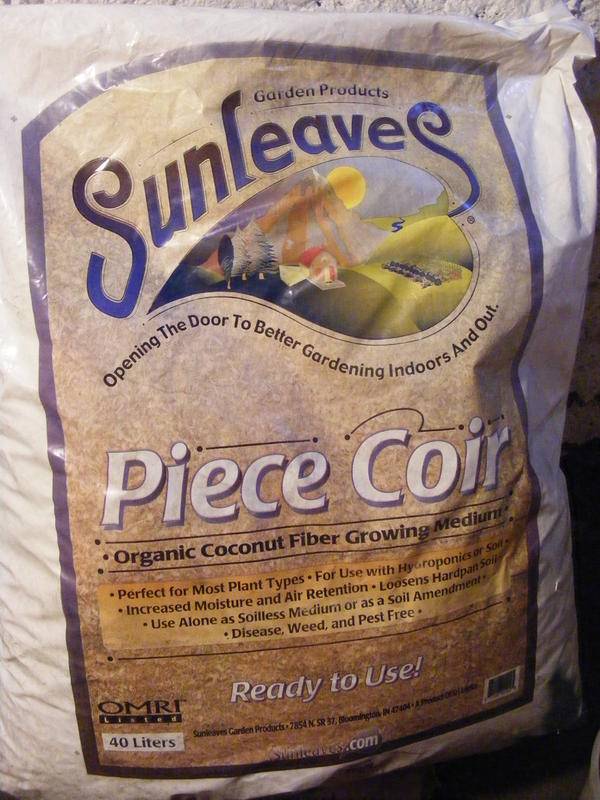
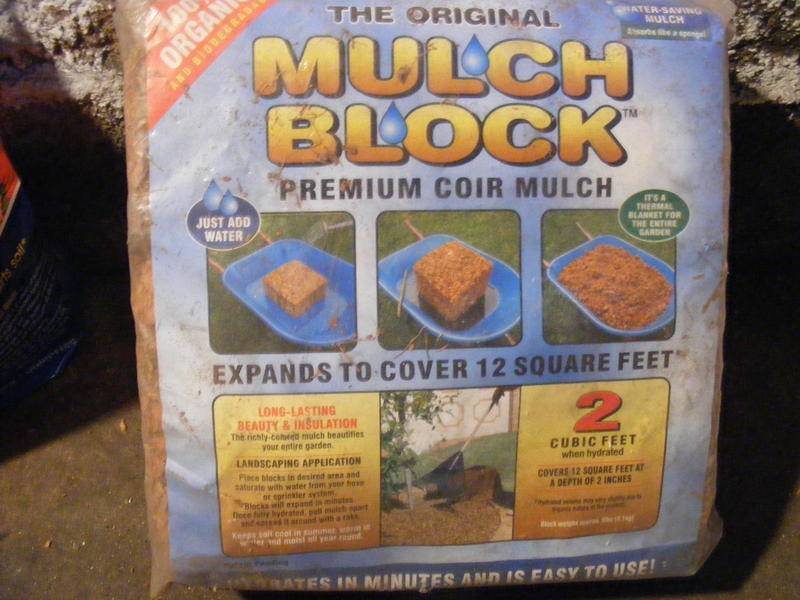
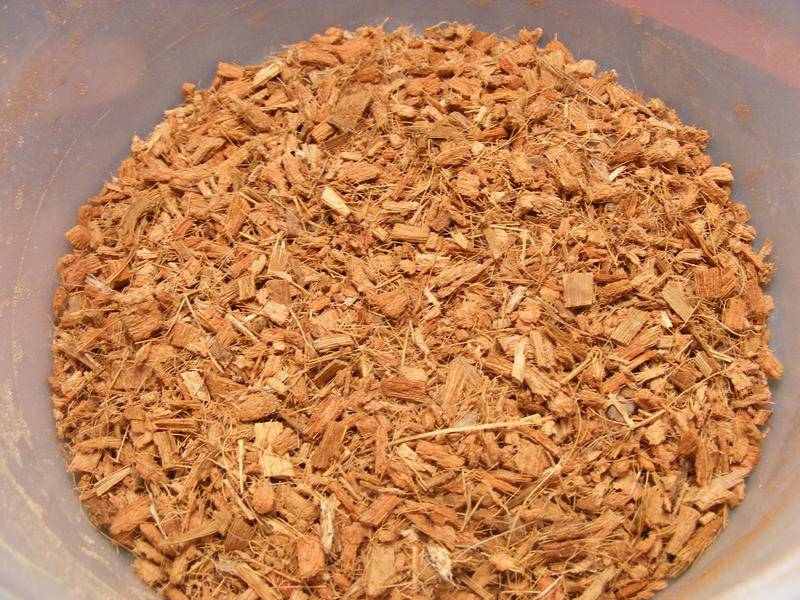
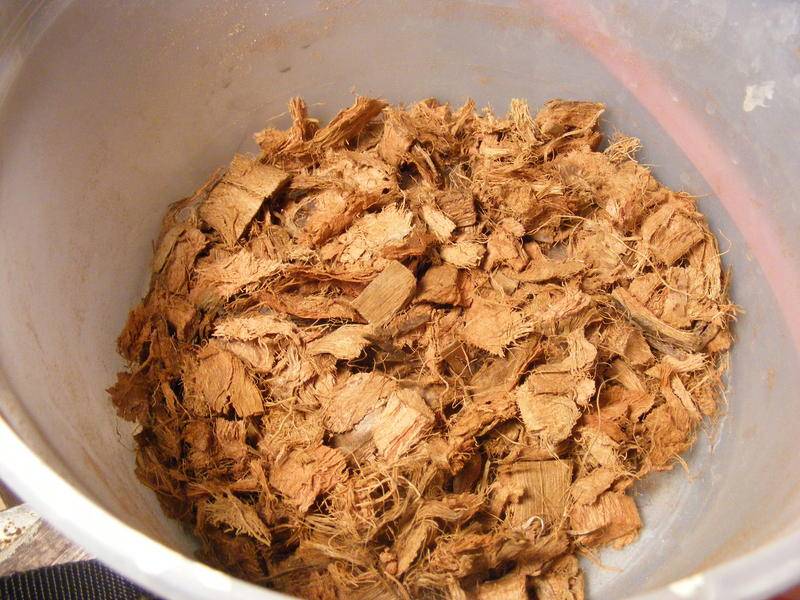
You get the idea. Small -> Big
This results in a super-low density medium that is suitable for pushing air through yet dense enough to support powerful colonies of beneficial fungus.

It works, but I have little evidence to tell me that. All I know is that when you pour water through it the runoff is almost completely clear. The vermiculite really 'grips' the soil particles and the other additives keep that from getting disturbed or carried away.
I've discovered what I think to be the best additive ratios through pure trial and error. Is there a more sceincy way to do this? Are there other additives out there that could help me but I'm not using? Could soil density/porosity somehow be calculated to find a medium with the highest density which can still have air pushed through it?
However! That does not mean we can't all benefit from this discussion. I will be coming in and asking about a number of the aspects discussed here, but for the moment one really leaps out at me
GanjaDin:
It seems you dedicate a lot of thought to the density and porosity of soil additives. As always, you put a lot of emphasis on measuring specific aspects. It almost seems like you are trying to 'calculate' the perfect medium consistency. I do not have the technical chops to talk about it that way, but it does lend itself to a personal philosophy of mine.
GD, would you agree that we should approach soil building just as we might approach building a composite?
The way I see it, we are starting with soil. Individual soil particles are mind-bendingly small. The mesh on it (especially high-quality compost) is tiny beyond belief. Going with the strategy of pushing air through my medium has caused me to address the tiny size and high density of compost particles.
My solution has been to build a medium that uses a variety of particle sizes in order to 'prop up' the tiny soil particles. Using additives with a successively larger mesh size I build up a platform to support the soil. My current strategy goes something like this:
Smallest mesh: Soil
Next largest: Vermiculite and Soil Sponge (powdered coconut husks)
Next largest: Chunky pearlite
Largest of all: Horticultural Coco
You get the idea. Small -> Big
This results in a super-low density medium that is suitable for pushing air through yet dense enough to support powerful colonies of beneficial fungus.
It works, but I have little evidence to tell me that. All I know is that when you pour water through it the runoff is almost completely clear. The vermiculite really 'grips' the soil particles and the other additives keep that from getting disturbed or carried away.
I've discovered what I think to be the best additive ratios through pure trial and error. Is there a more sceincy way to do this? Are there other additives out there that could help me but I'm not using? Could soil density/porosity somehow be calculated to find a medium with the highest density which can still have air pushed through it?




